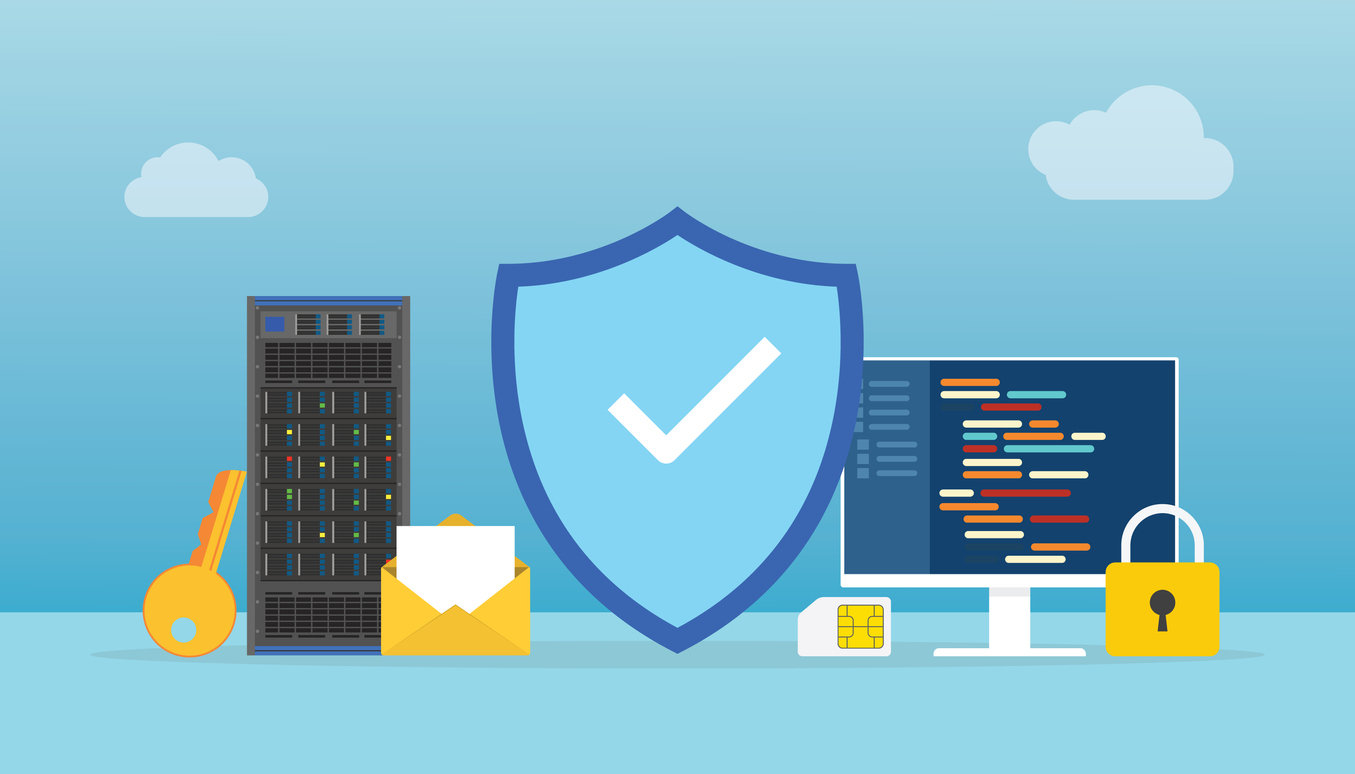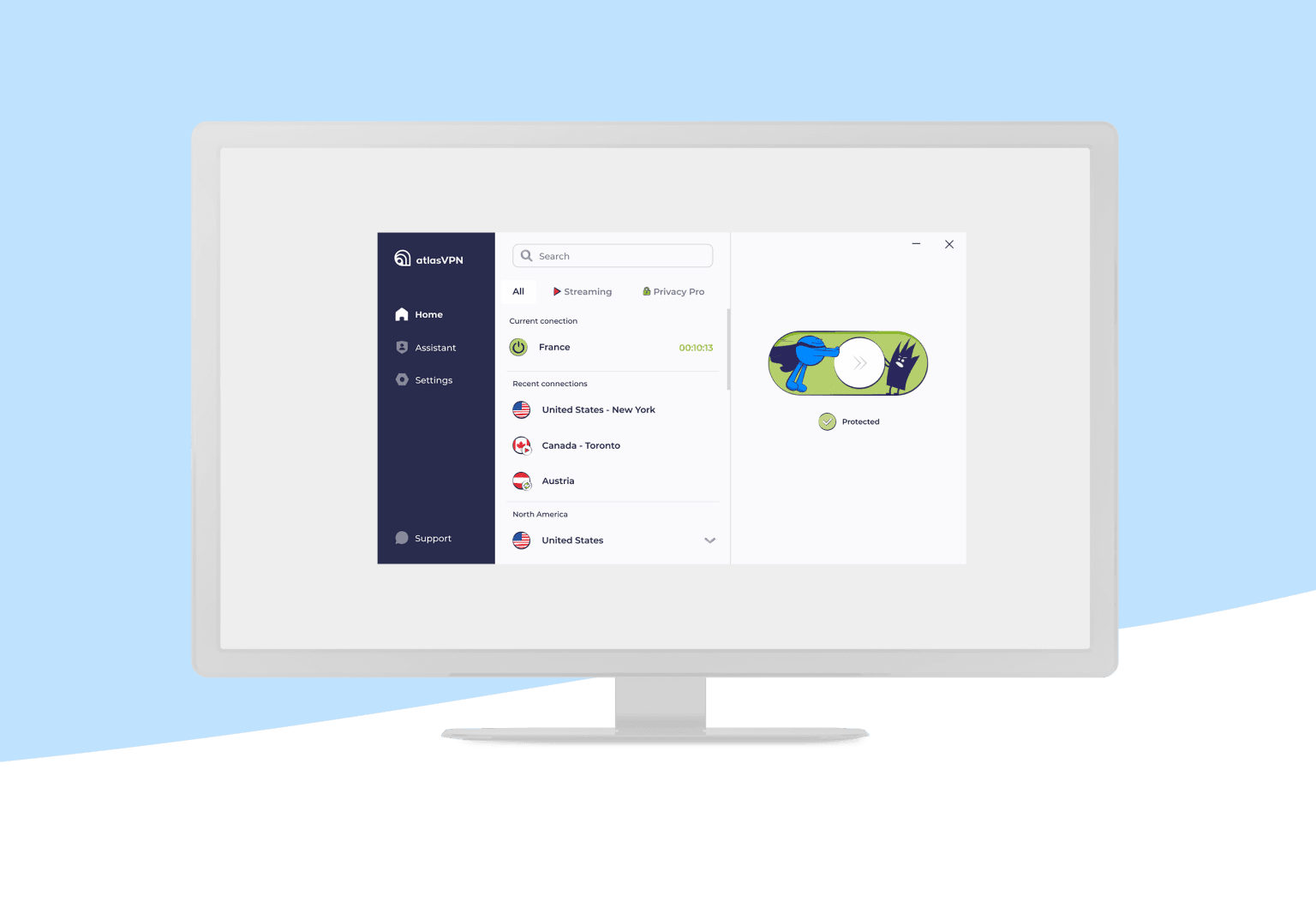Non-PCB Ballast Disposal: A Key to Reducing Hazardous Waste
Non-PCB ballast disposal is a critical step in mitigating hazardous waste and protecting the environment.

Non-PCB ballast disposal is a critical step in mitigating hazardous waste and protecting the environment. Properly disposing of these components ensures compliance with regulations, reduces ecological risks, and promotes sustainable waste management practices. This article delves into the importance, methods, and challenges of non-PCB ballast disposal, offering insights into how individuals and businesses can contribute to a safer planet.
Understanding Non-PCB Ballasts
What Are Ballasts?
Ballasts are essential components in fluorescent and HID lighting systems. They regulate the electrical current and ensure the proper functioning of the light source. While some ballasts contain harmful substances like polychlorinated biphenyls (PCBs), others are free from these hazardous materials.
Difference Between PCB and Non-PCB Ballasts
PCB ballasts contain toxic chemicals banned in many countries due to their harmful effects on health and the environment. Non-PCB ballasts, on the other hand, are safer alternatives, often marked as "No PCBs" on their labels.
Applications of Non-PCB Ballasts
Non-PCB ballasts are widely used in commercial, industrial, and residential lighting systems. Their safer chemical composition makes them preferable for environmentally conscious organizations and individuals.
Environmental Impacts of PCB Ballasts
What Are PCBs?
Polychlorinated biphenyls (PCBs) are synthetic organic chemicals previously used in electrical equipment. They are highly toxic, non-biodegradable, and accumulate in the environment.
Environmental Risks
PCB ballasts pose significant risks, including contamination of soil and water, harm to wildlife, and adverse human health effects. Improper disposal exacerbates these issues, highlighting the importance of safe disposal practices.
Historical Context
The use of PCBs was widespread until their harmful effects became evident. Regulatory bans in the 1970s marked a turning point, necessitating the transition to non-PCB alternatives.
The Role of Non-PCB Ballast Disposal
Definition and Scope
Non-PCB ballast disposal involves safely managing and recycling these components to prevent environmental harm and comply with legal requirements.
Key Reasons for Prioritizing Disposal
-
Prevents hazardous waste accumulation.
-
Reduces landfill overflow.
-
Supports recycling initiatives and resource recovery.
Legal Requirements
Organizations must adhere to guidelines set by bodies like the EPA to ensure proper handling and disposal of non-PCB ballasts.
Proper Identification of Ballasts
Steps to Identify Non-PCB Ballasts
-
Check Labels: Look for markings such as "No PCBs" on the ballast casing.
-
Consult Manuals: Manufacturer manuals often provide details about the ballast type.
-
Seek Expert Advice: When in doubt, consult a certified recycling professional.
Common Labeling Practices
Non-PCB ballasts are typically labeled with clear, bold markings. However, faded or missing labels may require further verification methods.
Challenges in Identification
Mislabeling, damage, and lack of knowledge can complicate the identification process, underscoring the need for public awareness and education.
Benefits of Non-PCB Ballast Disposal
Reduction in Hazardous Waste
Disposing of non-PCB ballasts minimizes environmental pollution and conserves natural resources.
Enhanced Recycling Opportunities
Non-PCB ballasts can often be recycled into new products, fostering a circular economy.
Alignment with Sustainability Goals
Proper disposal supports global efforts to achieve sustainability and reduce carbon footprints.
Methods of Non-PCB Ballast Disposal
Approved Recycling Processes
Recycling centers equipped to handle electronic waste are ideal for processing non-PCB ballasts. These facilities extract reusable materials, reducing the demand for virgin resources.
Landfill Alternatives
While landfills are an option, recycling is a more environmentally friendly choice. Specialized facilities ensure safe disposal without environmental harm.
Safe Transportation and Handling
Proper packaging and transportation prevent accidental spills and contamination during the disposal process.
Regulatory Guidelines for Disposal
Key Regulations
-
EPA Guidelines: Specify methods for safe disposal and recycling.
-
Local Laws: Additional regional requirements may apply.
Differences in Rules
PCB ballasts face stricter regulations due to their toxicity. Non-PCB ballasts, while safer, still require compliance with disposal standards.
Penalties for Non-Compliance
Improper disposal can result in hefty fines, legal action, and reputational damage for businesses.
Challenges in Non-PCB Ballast Disposal
Lack of Awareness
Many individuals and businesses remain unaware of proper disposal practices, leading to environmental risks.
Limited Facilities
The availability of certified recycling centers varies, particularly in remote areas.
Costs
Disposal methods can be costly, deterring some from adhering to best practices.
Innovative Solutions for Disposal
Emerging Technologies
Technological advancements are improving recycling efficiency and material recovery.
Circular Economy Approaches
Reusing materials from disposed ballasts reduces waste and promotes sustainability.
Case Studies
Successful initiatives demonstrate the feasibility and benefits of innovative disposal practices.
Role of Businesses in Promoting Disposal
Corporate Social Responsibility (CSR)
Adopting responsible disposal policies enhances a company’s environmental impact and public image.
Creating Policies
Businesses can implement internal guidelines to ensure compliance and promote sustainability.
Partnerships
Collaborating with recycling companies streamlines disposal processes and reduces costs.
Consumer Awareness and Education
Importance of Public Knowledge
Informed consumers are more likely to adopt environmentally friendly disposal practices.
Programs and Campaigns
Educational initiatives, such as workshops and online resources, can bridge knowledge gaps.
Role of Schools, NGOs, and Governments
Joint efforts from various sectors amplify the reach and impact of awareness campaigns.
Economic Aspects of Non-PCB Ballast Disposal
Costs and Savings
While initial disposal costs may be high, long-term savings from recycling and compliance outweigh them.
Market Opportunities
The recycling industry presents lucrative opportunities for businesses and entrepreneurs.
Financial Incentives
Government programs often provide incentives for compliant disposal practices.
Tools and Resources for Disposal
Certified Recycling Centers
Identifying nearby facilities ensures safe and compliant disposal.
Online Tools and Guides
Websites and apps provide step-by-step instructions for identifying and disposing of non-PCB ballasts.
Assistance from Authorities
Local governments and organizations often offer support and resources for proper disposal.
Global Perspectives on Ballast Disposal
Different Approaches
Countries vary in their regulations and disposal methods, reflecting diverse challenges and solutions.
Global Challenges
Developing nations often struggle with hazardous waste management due to limited resources.
International Collaboration
Treaties and agreements facilitate knowledge sharing and collective action.
FAQs on Non-PCB Ballast Disposal
What is the difference between PCB and non-PCB ballasts?
PCB ballasts contain toxic chemicals, while non-PCB ballasts are safer and environmentally friendly alternatives.
How can I identify a non-PCB ballast?
Look for labels like "No PCBs," consult manuals, or seek expert guidance.
Are there penalties for improper disposal?
Yes, non-compliance can lead to fines, legal action, and reputational damage.
Where can I dispose of non-PCB ballasts?
Certified recycling centers and electronic waste facilities are ideal options.
What are the costs associated with proper disposal?
While costs vary, many programs and incentives offset expenses.
Can non-PCB ballasts be recycled?
Yes, most components can be processed and reused, supporting sustainability.
Conclusion
Non-PCB ballast disposal is a pivotal aspect of reducing hazardous waste and fostering sustainability. By adopting proper disposal practices, businesses and individuals can make significant contributions to environmental conservation. Let’s take collective action to ensure a cleaner, safer planet for future generations.
What's Your Reaction?




















